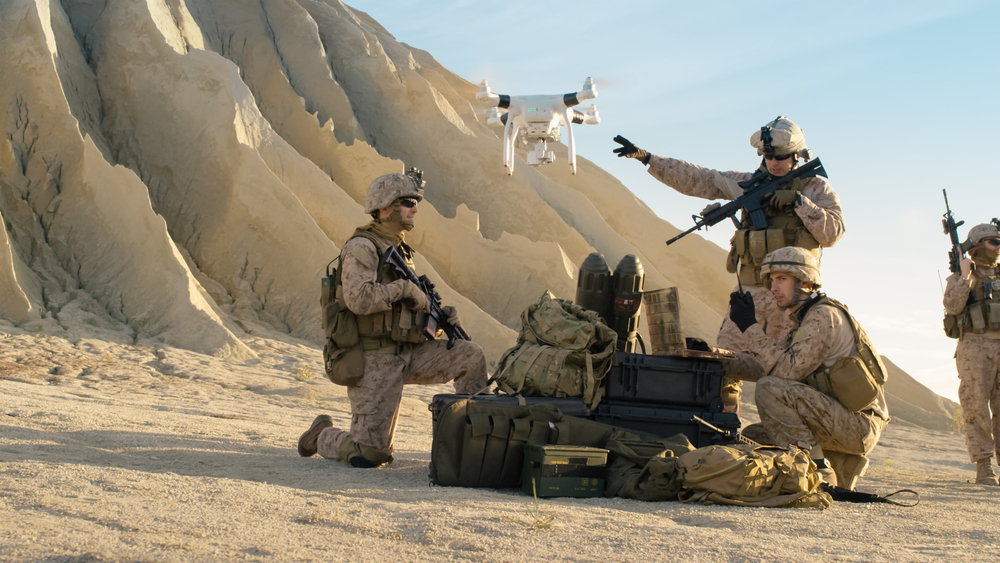US spy agency IARPA is looking to build a super quiet spy drone that can deliver a 10 pound payload for military use through the Little Horned Owl (LHO) program.
The Intelligence Advanced Research Projects Activity (IARPA) is following up on its Great Horned Owl (GHO) program from several years ago to deliver a lighter, quieter, UAV for intelligence and military missions.
The Little Horned Owl program aims to address quiet, mini-#UAV #technologies to further enable several critical intelligence and military missions. Learn how: https://t.co/aiWA0Yt65R
— IARPA (@IARPAnews) October 28, 2019
Together with the Air Force Research Laboratory, IARPA’s Little Horned Owl program is an upgrade in technology and a downgrade in size and sound.
LHO will develop acoustic “footprint” prediction tools that are expected to allow operational UAV users to know where they can safely and quietly operate.
The goals for the LHO program include:
- Innovative battery architecture to improve flight times for battery-only flight
- Lower take off gross weight
- Ten-pound payload
- Runway independent operation (minimal ground support equipment)
- Flexible/reconfigurable platform for mission tailoring
- Reduced system logistic footprint
In July, 2012 Wired reported on the GHO program, stating “Iarpa has reportedly awarded a $4.8 million contract to Connecticut firm D-Star Engineering to develop the ultra-quiet drone.”
In related UAV developments, IARPA has been researching how to identify people at long range from drones and rooftops through its its Biometric Recognition and Identification at Altitude and Range (BRIAR) program.
Spy agencies want to accurately ID people from drones and rooftops
Not only will the BRIAR program look to identify and recognize people at long range and high altitudes, it will do so by exploring “severe pitch angles (>20 degrees)” so that the cameras can ID people from a wide variety of angles.
IARPA also launched a competition along with NIST to use computer vision “to create algorithms that detect and localize activities in video” through forensic video analysis innovation.
The idea behind Activities in Extended Video (ActEV) Prize Challenge was to improve efficiency, so camera operators could quickly identify what exactly people were doing in video footage.
If you put all the technology together from the different programs and competitions, you get a sophisticated spying apparatus that combines lightweight, silent drones that can use computer vision to identify people, along with algorithms that can detect exactly what those individuals are doing.
What IARPA will do with the technology once it is developed is never explicitly explained with real-world examples, although IARPA’s focus is “on high-risk, high-payoff research programs to tackle difficult challenges of the agencies and disciplines in the intelligence community.”
One may argue that with programs like these there would be greater security for all, but at what cost? Will this type of technology lead us to modify our behavior with the knowledge that someone is always watching us? Isn’t this happening already?
The bigger question is how can this technology be abused and for what purposes?
Could this tech be used one day be turned on private citizens — for targeting specific people or profiling groups in the future?












